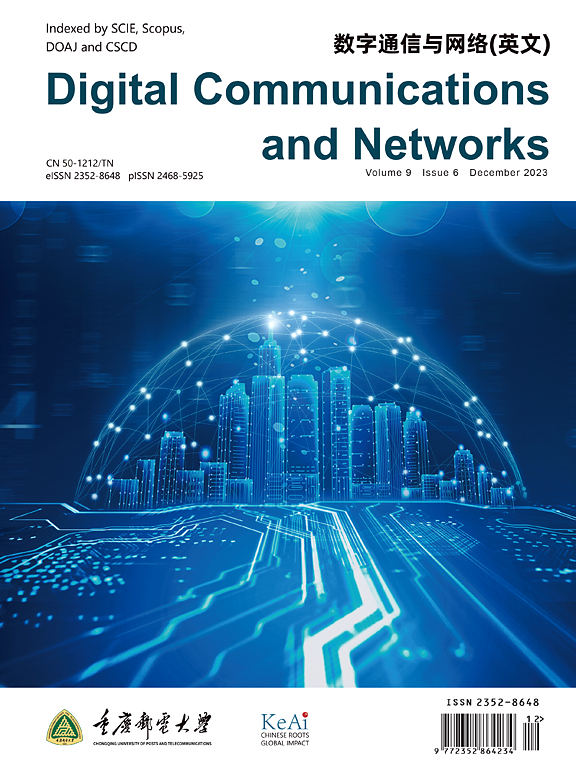社交网络文本情感原因提取研究
IF 7.5
2区 计算机科学
Q1 TELECOMMUNICATIONS
引用次数: 0
摘要
随着网络技术的飞速发展,社交网络(Social Networks, SNs)已经成为用户交流意见和表达情感的最受欢迎的平台之一。越来越多的人习惯于在社交网络上评论某个热点,导致大量含有情绪的文本。文本情感原因提取(TECE)旨在自动提取文本中某种情感的原因,是自然语言处理中的一个重要研究课题。它不同于以往的情绪识别和情绪分类任务。此外,它不局限于文本的浅层情感分类,而是追踪情感来源。在本文中,我们对电子商务进行了调查。首先,我们介绍了电子商务的发展历程和分类。在此基础上,对现有的方法和关键因素进行了讨论。最后,我们列举了电子商务面临的挑战和发展趋势。本文章由计算机程序翻译,如有差异,请以英文原文为准。
A survey on textual emotion cause extraction in social networks
With the rapid development of web technology, Social Networks (SNs) have become one of the most popular platforms for users to exchange views and to express their emotions. More and more people are used to commenting on a certain hot spot in SNs, resulting in a large amount of texts containing emotions. Textual Emotion Cause Extraction (TECE) aims to automatically extract causes for a certain emotion in texts, which is an important research issue in natural language processing. It is different from the previous tasks of emotion recognition and emotion classification. In addition, it is not limited to the shallow-level emotion classification of text, but to trace the emotion source. In this paper, we provide a survey for TECE. First, we introduce the development process and classification of TECE. Then, we discuss the existing methods and key factors for TECE. Finally, we enumerate the challenges and developing trend for TECE.
求助全文
通过发布文献求助,成功后即可免费获取论文全文。
去求助
来源期刊

Digital Communications and Networks
Computer Science-Hardware and Architecture
CiteScore
12.80
自引率
5.10%
发文量
915
审稿时长
30 weeks
期刊介绍:
Digital Communications and Networks is a prestigious journal that emphasizes on communication systems and networks. We publish only top-notch original articles and authoritative reviews, which undergo rigorous peer-review. We are proud to announce that all our articles are fully Open Access and can be accessed on ScienceDirect. Our journal is recognized and indexed by eminent databases such as the Science Citation Index Expanded (SCIE) and Scopus.
In addition to regular articles, we may also consider exceptional conference papers that have been significantly expanded. Furthermore, we periodically release special issues that focus on specific aspects of the field.
In conclusion, Digital Communications and Networks is a leading journal that guarantees exceptional quality and accessibility for researchers and scholars in the field of communication systems and networks.
 求助内容:
求助内容: 应助结果提醒方式:
应助结果提醒方式:


